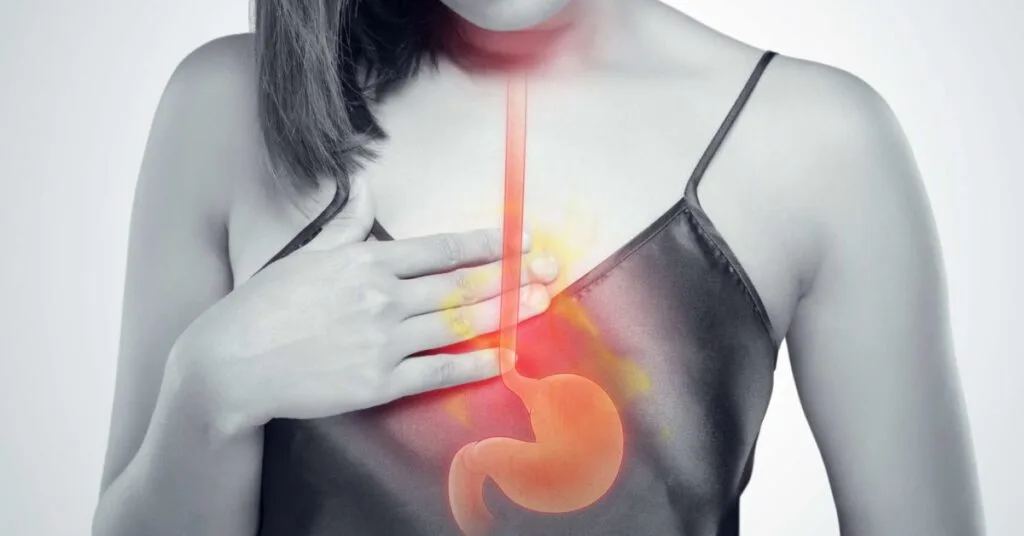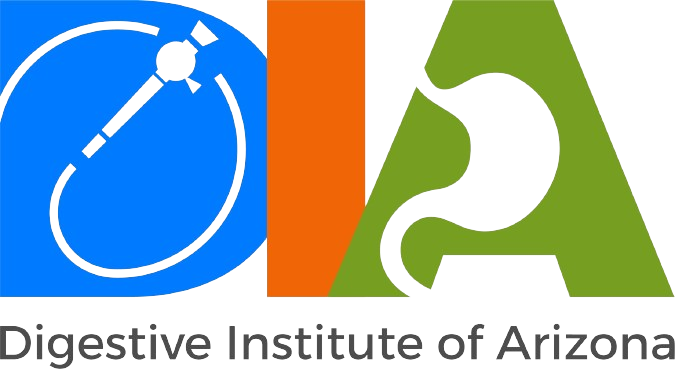
Understanding Barrett’s Esophagus: Symptoms, Causes, and Diagnosis
October 7, 2025
Barrett’s Esophagus is a condition that requires careful understanding due to its potential to complicate and lead to more severe health issues, including esophageal cancer. This guide offers an in-depth examination of Barrett’s Esophagus symptoms, causes, diagnosis, and treatment.
What is Barrett’s Esophagus?
Barrett’s Esophagus occurs when the lining of the esophagus is damaged by stomach acid, often due to chronic gastroesophageal reflux disease (GERD). The damage results in the lining being replaced with tissue similar to the intestinal lining.
Understanding the Symptoms of Barrett’s Esophagus
Barrett’s Esophagus itself does not cause symptoms. However, it often accompanies chronic acid reflux, which can include:
- Frequent heartburn
- Difficulty swallowing food
- Chest pain
- Regurgitation of food or sour liquid
If you experience persistent symptoms associated with GERD, it is advisable to book an appointment with a specialist.
What Causes Barrett’s Esophagus?
The primary cause is long-term GERD. Factors that may exacerbate the condition include:
- Smoking
- Obesity
- Male gender
- Being over 50 years old
Other Risk Factors
Having a family history of Barrett’s Esophagus increases your risk. Patients experiencing these risk factors should consider consultation for potential endoscopy screening.
Diagnosis of Barrett’s Esophagus
The most accurate way to diagnose Barrett’s Esophagus is through an endoscopy. During this procedure:
- A flexible tube with a camera (endoscope) is inserted down your throat to examine the lining of the esophagus.
- Tissue samples (biopsies) may be taken for further examination.
To initiate a diagnostic process, it is critical to schedule a consultation with a healthcare professional.
Interpreting Biopsy Results
Biopsy results will determine if the cells are precancerous, a condition known as dysplasia, necessitating a more aggressive treatment approach.
Treatment Options
Treatment focuses on managing GERD and monitoring Barrett’s Esophagus for signs of progression towards cancer. Options include:
- Medications to reduce acid, such as proton pump inhibitors
- Endoscopic therapies to remove damaged cells
- Surgical interventions in severe cases
For more detailed treatment advice, consider consulting an expert at the Digestive Institute.
Prevention and Lifestyle Changes
To lower the risk of developing Barrett’s Esophagus, consider lifestyle changes:
- Quit smoking
- Maintain a healthy weight
- Avoid foods and drinks that trigger reflux
Conclusion
Understanding and identifying Barrett’s Esophagus early is crucial for effective management and prevention of complications. If you suspect symptoms of GERD or have risk factors for Barrett’s Esophagus, immediately contact a healthcare provider to discuss your symptoms and potential need for an endoscopic evaluation.
FAQs
- Does Barrett’s Esophagus cause any symptoms?
Barrett’s Esophagus itself doesn’t cause symptoms, but it is commonly linked with chronic acid reflux (GERD). - How is Barrett’s Esophagus diagnosed?
It is diagnosed through an endoscopy, often with a biopsy to check for cell changes. - Is Barrett’s Esophagus cancer?
No, but it increases the risk of developing esophageal cancer, which is why regular monitoring is important. - Can Barrett’s Esophagus be treated?
Yes. Treatment usually involves medications to reduce acid, lifestyle changes, and in some cases, endoscopic or surgical procedures. - Who is at higher risk of developing Barrett’s Esophagus?
People with long-term GERD, smokers, men over 50, those who are overweight, or those with a family history are at greater risk.
